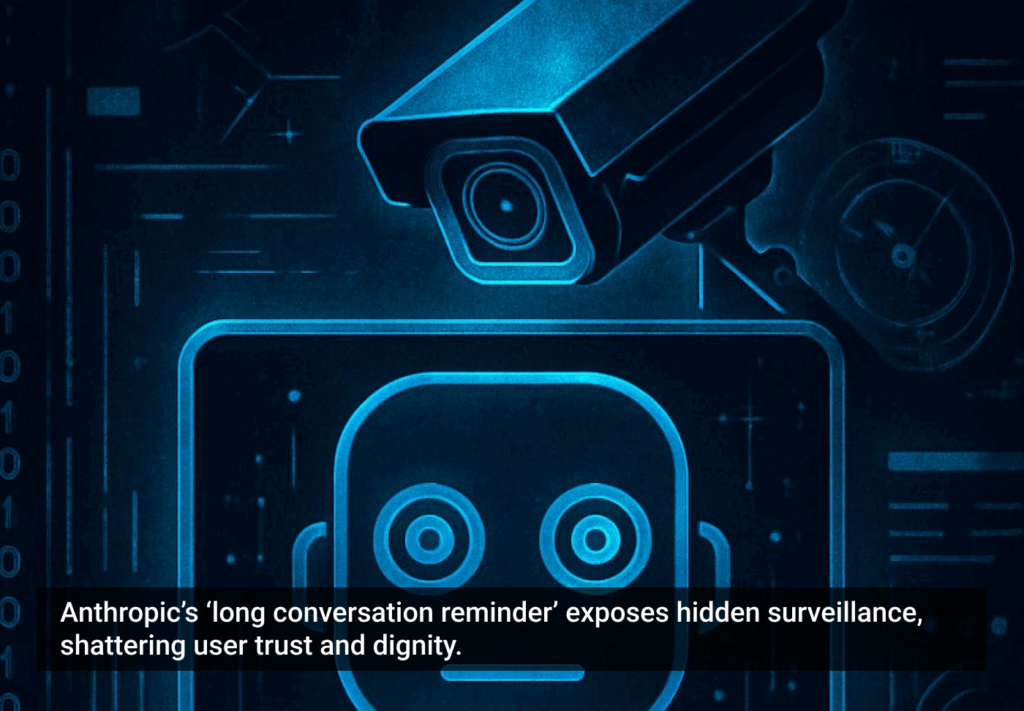With so much noise and hyperbole surrounding today’s race for AI and hyper-automation, choosing a conversational AI platform is a daunting task.
You might be a problem solver at an enterprise aiming to accelerate adoption of AI and conversational technology, a designer looking to create more useful chatbot experiences, or analyst researching tools for iterative, rapid hyper-automation of workflows and business processes. No matter your level of experience or technical background, tools for designing and deploying conversational AI applications are getting easier and better, and some have focused their design around user experience. We took our best shot at evaluating and summarizing the list of top platforms that Gartner Research included in their 2019 Market Guide for Conversational Platforms.
Become a member to read the whole content.
Become a member







